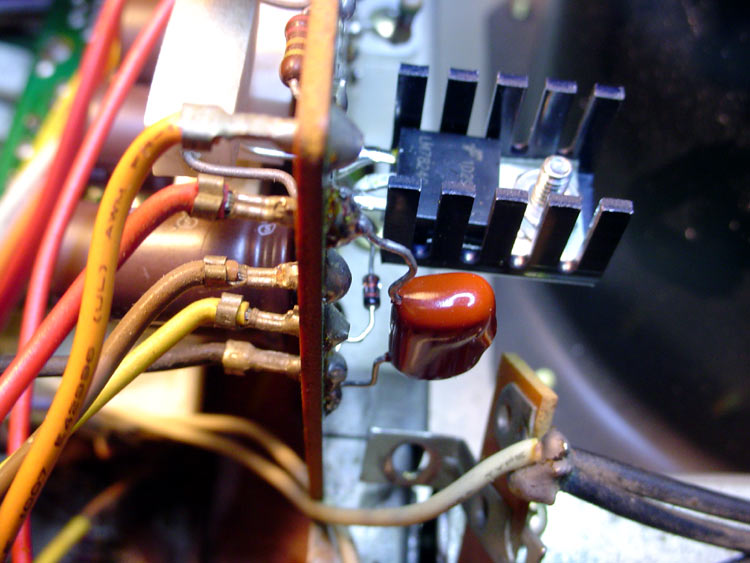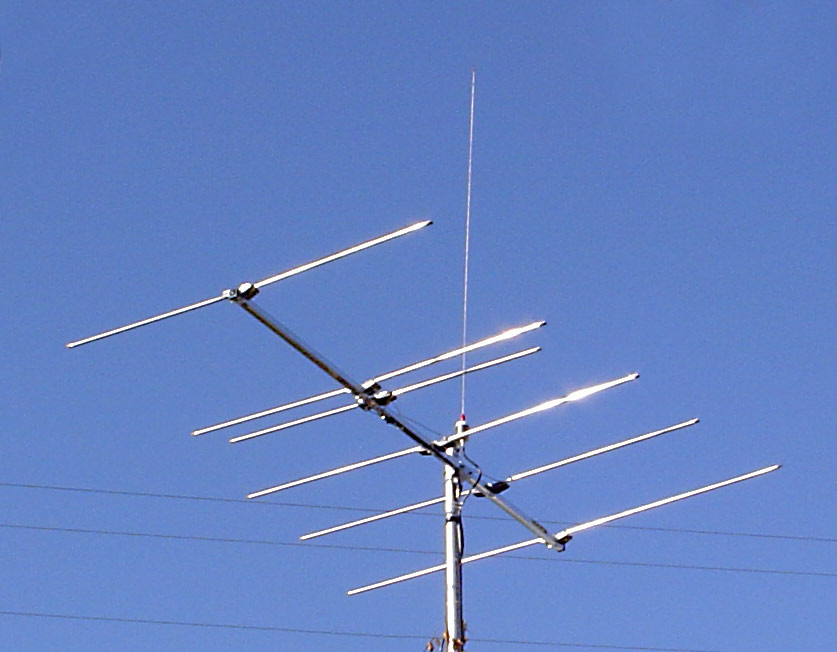sKiZo
Hates received: 92644 43.20°N 85.50°W
Crimped pins ... as in pins that are crimped ... <G>

There are exceptions, but that was fairly typical for most Sansui point to point connections, at least on the larger gauges. Easier in the factory to just jam them in the holes as they're a fairly tight fit and will stay in place for soldering. Reworking them does require a very good cleanup of old solder so the pins will still fit without having to force them.
No pins, no worries. Less heat required on rework, and less chance of lifting traces. Still gotta be careful with old boards.
Pics you've been posting are fine. Photoshop or a similar editing program is handy. The one above is a detail closeup and only 78kb, down from an original of 1.6mb or thereabouts, so you CAN get some good quality shots that don't take up a lot of space. Of course, having your own website has a decided advantage, but there's a lot of photo share sites like Flickr that are quite popular for larger shots and limits.
If you DO decide to de-wire the board for complete removal, Good pics are a must for later reference. I also tag the wires with numbers going left to right, and bottom to top if there's more than one vertically. Your power board has a lot of wires, so another trick is to do a grayscale pic on a BW printer, then mark that with white out and a sharpie. Still way more work than I'd want to get into if it wasn't necessary.

There are exceptions, but that was fairly typical for most Sansui point to point connections, at least on the larger gauges. Easier in the factory to just jam them in the holes as they're a fairly tight fit and will stay in place for soldering. Reworking them does require a very good cleanup of old solder so the pins will still fit without having to force them.
No pins, no worries. Less heat required on rework, and less chance of lifting traces. Still gotta be careful with old boards.
Pics you've been posting are fine. Photoshop or a similar editing program is handy. The one above is a detail closeup and only 78kb, down from an original of 1.6mb or thereabouts, so you CAN get some good quality shots that don't take up a lot of space. Of course, having your own website has a decided advantage, but there's a lot of photo share sites like Flickr that are quite popular for larger shots and limits.
If you DO decide to de-wire the board for complete removal, Good pics are a must for later reference. I also tag the wires with numbers going left to right, and bottom to top if there's more than one vertically. Your power board has a lot of wires, so another trick is to do a grayscale pic on a BW printer, then mark that with white out and a sharpie. Still way more work than I'd want to get into if it wasn't necessary.







